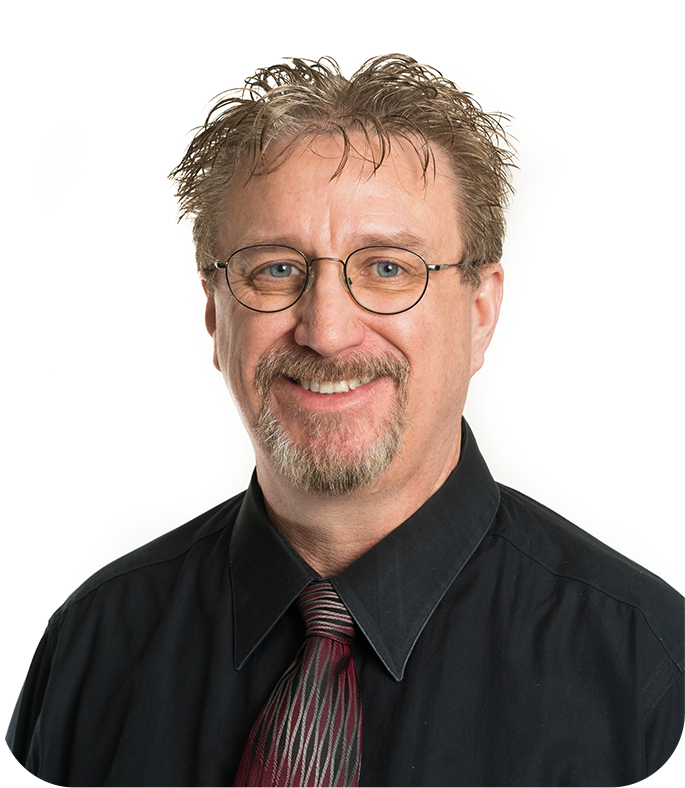- Video Library
- Kurve Therapeutics | Marc Giroux, CEO
Kurve Therapeutics | Marc Giroux, CEO

Marc Giroux
Kurve Technology's Inventor and Founder. Marc was most recently the President of EES, Inc. - a high tech staffing company placing executives across the USA. EES' main focus was consulting and building executive teams from early stage through exit strategy. Marc is considered an industry expert on the formation and building of teams. Earlier in his career, Marc spent 13 years in high-tech manufacturing where he developed and invented new products and designed efficiency equipment for production manufacturing. A long-time rhinosinusitis and allergy sufferer, Marc invented the proprietary Kurve technology. He leads Kurve's business development efforts with investors and partners and guides the engineering team.
Marc Giroux
Kurve Technology's Inventor and Founder. Marc was most recently the President of EES, Inc. - a high tech staffing company placing executives across the USA. EES' main focus was consulting and building executive teams from early stage through exit strategy. Marc is considered an industry expert on the formation and building of teams. Earlier in his career, Marc spent 13 years in high-tech manufacturing where he developed and invented new products and designed efficiency equipment for production manufacturing. A long-time rhinosinusitis and allergy sufferer, Marc invented the proprietary Kurve technology. He leads Kurve's business development efforts with investors and partners and guides the engineering team.

17011 Beach Blvd, Suite 500 Huntington Beach, CA 92647
714-847-3540© 2025 Life Science Intelligence, Inc., All Rights Reserved. | Privacy Policy







